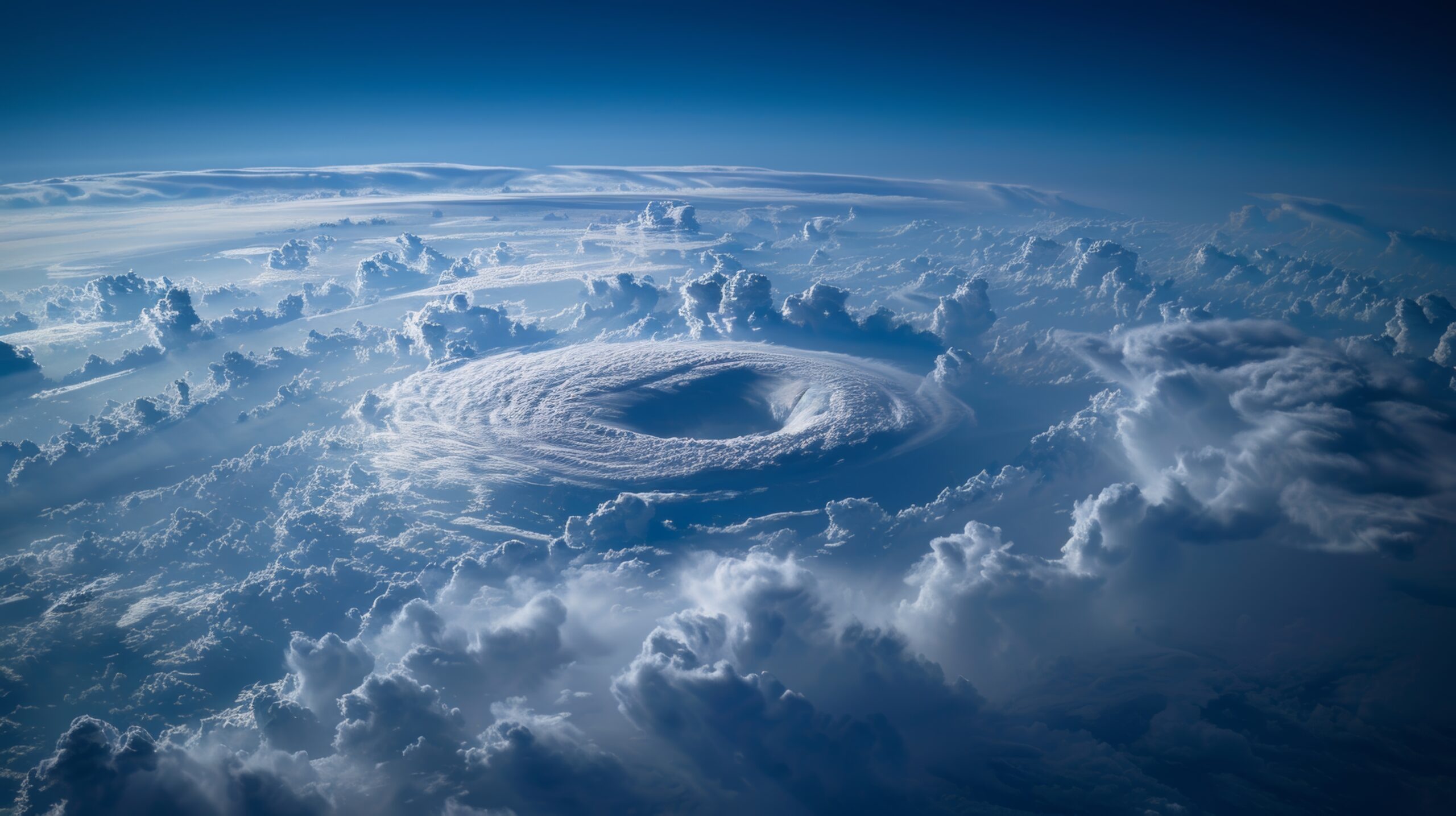In the vast expanse of meteorology, where phenomena are as myriad as they are mesmerizing, few captivate the imagination quite like the Fujiwhara Effect. This atmospheric ballet, where cyclones dance around each other in a display of nature’s intricate choreography, is named after the scientist who first described it. Yet, the origins of this term, and the story of the man behind it, remain as intriguing as the phenomenon itself. As we delve into the history, the science, and the global impact of the Fujiwhara Effect, we uncover a tale of discovery, innovation, and enduring legacy that continues to shape our understanding of the world around us.
Unraveling the Mystery of the Fujiwhara Effect
The Fujiwhara Effect, a term that conjures images of cyclones in a graceful yet powerful dance, has fascinated scientists and the public alike for nearly a century. This meteorological phenomenon, where two cyclonic vortices come into proximity and interact in a complex atmospheric tango, is more than just a spectacle; it reveals fundamental insights into the dynamics of our planet’s atmosphere. The story of its discovery and the elucidation of its principles is a testament to the relentless curiosity and ingenuity of those who strive to understand the natural world.
The Birth of a Meteorological Phenomenon
The phenomenon that would come to be known as the Fujiwhara Effect was first observed in the early 20th century, but its true significance was not immediately understood. As meteorologists of the time grappled with the mysteries of atmospheric dynamics, the peculiar behavior of interacting cyclones presented a puzzle that demanded a solution. It was within this context of scientific inquiry and discovery that the groundwork for understanding the Fujiwhara Effect was laid.
Sakuhei Fujiwhara: The Man Behind the Theory
Dr. Sakuhei Fujiwhara, a Japanese meteorologist, emerged as a pivotal figure in the study of atmospheric phenomena. Born in Japan in 1884, Fujiwhara was not only a keen observer of the natural world but also a visionary scientist who sought to unravel the complexities of the atmosphere. His work would lead him to identify and describe the interaction between cyclonic systems, paving the way for a deeper understanding of what would eventually bear his name.
Tracing the Origins: Early 20th Century Insights
In the early decades of the 1900s, the field of meteorology was undergoing a transformation, fueled by advances in technology and a burgeoning understanding of atmospheric science. It was during this period of exploration and discovery that Fujiwhara conducted his seminal research. By meticulously analyzing the behavior of cyclones in proximity to one another, he was able to discern patterns and principles that had previously eluded scientists.
The Fujiwhara Effect: A Definition Unveiled
The Fujiwhara Effect refers to the phenomenon whereby two nearby cyclonic vortices orbit around each other and, under certain conditions, may either merge or veer away from each other. This interaction is governed by the conservation of angular momentum and is influenced by the size, strength, and proximity of the cyclones. Fujiwhara’s work in the 1920s provided the first comprehensive explanation of this effect, marking a significant milestone in the field of meteorology.
When Giants Dance: Understanding Atmospheric Tango
The spectacle of the Fujiwhara Effect is not merely a curiosity but a critical aspect of understanding weather patterns and predicting storm behavior. The "dance" of cyclones can influence weather systems across vast distances, affecting everything from wind patterns to precipitation. Meteorologists today continue to study the Fujiwhara Effect, using sophisticated models and simulations to predict its influence on weather and climate.
The Pioneering Study: Fujiwhara’s 1921 Contribution
In 1921, Sakuhei Fujiwhara published a landmark paper in which he detailed his observations and theories regarding the interaction of cyclones. This pioneering study laid the foundation for future research and offered a framework for understanding the dynamics of cyclonic interactions. Fujiwhara’s insights were not only revolutionary for their time but have remained a cornerstone of meteorological science.
The Evolution of the Fujiwhara Effect Term
Since its initial description, the term "Fujiwhara Effect" has evolved, becoming synonymous with the intricate dance of cyclones. The journey from a scientific observation to a widely recognized phenomenon reflects the broader evolution of meteorology as a discipline. Today, the Fujiwhara Effect is a critical concept in atmospheric science, taught in classrooms and discussed in research papers around the world.
From Obscurity to Mainstream: A Scientific Journey
The path from Fujiwhara’s initial observations to the widespread recognition of the Fujiwhara Effect was not immediate. It took years of research, observation, and validation for the scientific community to fully appreciate the significance of Fujiwhara’s work. Today, the Fujiwhara Effect is an integral part of meteorological education and research, a testament to the enduring impact of Fujiwhara’s discovery.
The Global Impact of Fujiwhara’s Discovery
The implications of the Fujiwhara Effect extend far beyond the confines of academic circles. Understanding the dynamics of cyclonic interactions has practical applications in weather forecasting, disaster preparedness, and climate modeling. The global impact of Fujiwhara’s discovery is evident in the enhanced ability of nations to prepare for and respond to severe weather events, saving lives and reducing economic losses.
Beyond Typhoons: The Effect’s Broader Implications
While the Fujiwhara Effect is most commonly associated with typhoons and hurricanes, its principles apply to a variety of atmospheric phenomena. From the interaction of low-pressure systems in mid-latitudes to the swirling dance of dust devils, the underlying dynamics of the Fujiwhara Effect offer insights into the behavior of vortices across different scales and environments. This broad applicability underscores the fundamental nature of Fujiwhara’s discovery and its significance in atmospheric science.
The Continuing Legacy of the Fujiwhara Effect
The legacy of the Fujiwhara Effect, and the man who brought it to light, continues to resonate throughout the field of meteorology. As scientists delve deeper into the mysteries of the atmosphere, the principles elucidated by Fujiwhara serve as a guiding light. The ongoing study of cyclonic interactions, propelled by advances in technology and a deepening understanding of atmospheric dynamics, ensures that the Fujiwhara Effect will remain a vital part of our collective quest to understand the natural world.
The journey from the early 20th century observations of Sakuhei Fujiwhara to the global recognition of the phenomenon that bears his name is a testament to the power of human curiosity and the quest for understanding. The Fujiwhara Effect, with its elegant demonstration of the dance between cyclones, continues to captivate scientists and laypeople alike. As we advance in our ability to predict and prepare for the impacts of these atmospheric interactions, the legacy of Fujiwhara’s discovery stands as a beacon of scientific achievement and a reminder of the ever-present wonders of our world.








